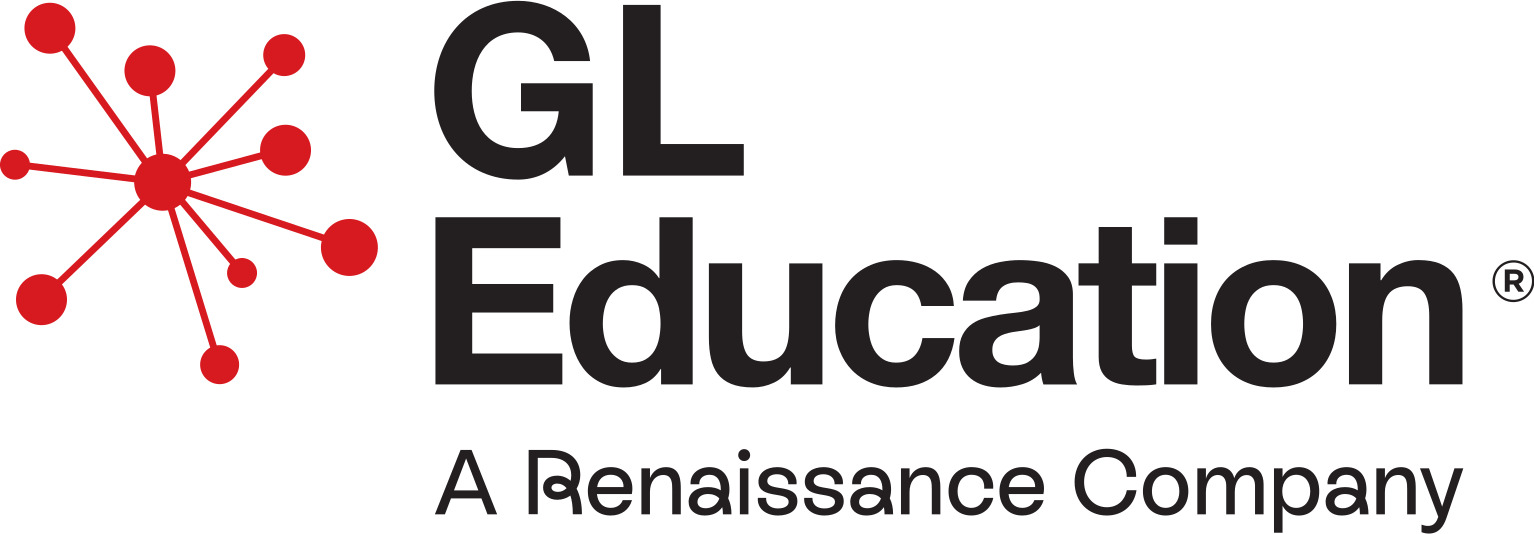Guidelines on using Exact
Guidelines on using Exact
This subsection provides guidelines for the use of Exact in examination access arrangements in accordance with JCQ regulations September 2023 to August 2024.
This document has been reviewed by Communicate-ed and PATOSS.
Purpose
The purpose of these guidelines is to clarify how Exact may be used when assessing students for examination access arrangements, which are governed by regulations set out in the document ‘Adjustments for Candidates with Disabilities and Learning Difficulties: Access Arrangements and Reasonable Adjustments’ published annually by JCQ (hereinafter referred to as ‘JCQ AARA’).
General
Exact is a fully computerised, UK nationally standardised suite of literacy tests for the age range 11 years 0 months to 24 years 11 months. It can be used by Access Arrangements Assessors as an integral part of their assessment of students who may require examination access arrangements and the results from Exact can be entered into Part 2 of JCQ Form 8.
An Access Arrangements Assessor is
- a teacher who holds a postgraduate qualification at or equivalent to Level 7 which covers at least 100 hours in individual psychometric assessment [see JCQ AARA 2023/24, Section 7.3.4] or
- a specialist teacher assessor who holds a current Assessment Practicing Certificate (APC) as awarded by Patoss, Dyslexia Action or BDA or
- a Health and Care Professions Council (HCPC) registered psychologist
The sections below outline exactly how the results from Exact may be used for this purpose.
1. No single test on its own is adequate, and Exact must not be viewed as the complete assessment solution; results from other tests are likely to be required. Candidates needing access arrangements may have difficulties in any one of a number of skills, and assessors will be able to draw on a range of assessment tools in order to confirm such difficulties.
2. Before an assessment, the SENCo must complete Part 1 of Form 8. The candidate must be assessed in light of the picture of need and background information as detailed within Part 1. All test results must be backed up by evidence showing that the access arrangement requested reflects the support given to the student, i.e. ‘painting the picture’ of the student’s need for the arrangements [see JCQ AARA 2023/24, Section 4.2.4]. This is commonly referred to as ‘normal way of working’.
3. Exact may also be used as a screening tool to help identify students who may qualify for access arrangements, and who will require further assessment by an Access Arrangements Assessor. If Exact is used solely as a screening test, the results would be included within Part 1 of Form 8 (not Part 2).
4. Screening may be administered by a suitably qualified Access Arrangement Assessor or by a non-specialist member of staff who is competent in test administration, but does not hold an assessor qualification (e.g. a SENCo or trained Higher Level Teaching Assistant). If Exact is administered by a non-specialist the results cannot be entered into Part 2 of JCQ Form 8. All tests in Part 2 must be administered by a qualified Access Arrangement Assessor who must sign to say that they carried out those assessments. If Exact has been used as a screening test by a non-specialist, the Access Arrangement Assessor may administer the parallel (equivalent) form of the same subtests of the Exact – see the Exact Administrator’s Manual (accessed from the program and from the GL website).
5. Exact is available for individual use or for multiple users over a network. Exact should be administered in accordance with the instructions given in the Exact Administrator’s Manual. As with all tests, it is important to supervise students closely when administering the test, whether screening or carrying out an access arrangement assessment. Those who don’t engage fully with the tasks may have questionable results.
Extra time in exams
The current JCQ Regulations require assessment evidence for 25% extra time of at least two below average standard scores (84 or less), or one below average and one low average standard score (between 85 and 89). The scores must relate to different areas of speed of working: speed of reading text, speed of writing, or cognitive processing/fluency measures which have a substantial and long-term adverse effect on speed of working.
The following results from Exact are appropriate when applying for 25% extra time in examinations.
- Reading Comprehension Speed
(below average standard score (84 or less), or low average standard score (.between 85 and 89)
[JCQ AARA 2023/24, Section 5.2.2]
6. As a measure of reading speed, the Exact Reading Comprehension Speed can be used as one of the two measures providing core evidence for 25% extra time where the candidate’s standard score is in the below average (84 or less) or low average range (between 85 and 89).
7. The score should be recorded by the assessor in the ‘Evidence for 25% extra time: Reading Speed’ section of JCQ Form 8 Part 2.
8. The Exact Comprehension Speed measure is valuable in showing those students (e.g. compensated dyslexics) who can read accurately but slowly, or who need to re-read text several times to absorb its meaning. It is one of the few timed tests of reading comprehension speed. The test is easy to administer and, being a computer-based test, it is free from administrator bias or inconsistency. However, some students may attempt the test too quickly by just guessing without giving the questions proper consideration. This, of course, is a potential factor in any multiple-choice test, not only computer-based tests. Before they start the test, the administrator should therefore point out to students that they should make use of all the time allowed and should try to get as many answers right as possible. They are not expected to answer all the questions, and if they complete the test too quickly their score will not be valid.
9. Where a candidate uses a reader/computer reader or an examination reading pen, a score for Reading Comprehension Speed cannot contribute to the evidence for extra time.
- Handwriting to Dictation
(below average standard score (84 or less), or low average standard score (between 85 and 89))
[JCQ AARA 2023/24, Section 5.2.2].
10. As a measure of writing speed, the Exact Handwriting to Dictation can be used as one of the two measures providing core evidence for 25% extra time where the candidate’s standard score is in the below average (84 or less) or low average (between 85 and 89) range.
11. The score should be recorded by the assessor in the ‘Evidence for 25% extra time: Writing Speed’ section of JCQ Form 8 Part 2
12. Where a candidate uses a word processor, a scribe or speech recognition technology, a score for Exact Handwriting to Dictation cannot contribute to the evidence for extra time.
13. Either two below average standard scores (84 or less) or one below average and one low average standard score (between 85 and 89) in appropriate tests are regarded as the ‘standard expected categories’ of assessment evidence for 25% extra time for candidates with learning difficulties. However, the JCQ AARA also allows, in ‘rare and exceptional’ cases, two standard scores within the low average range (85-89) from at least 2 different areas of speed of working (e.g. two low average scores relating to speed of reading comprehension and speed of writing would be acceptable, whereas two low average standard scores relating to speed of reading and speed of reading comprehension would not be acceptable) to be cited in the case of 25% extra time. These applications will need to be referred to the Awarding Body for approval. There must, of course, be supporting evidence regarding the student’s normal way of working to back up these low average scores [see JCQ AARA 2023/24, Section 5.2.2 for details].
Writing: Use of a scribe or word processor with spell check enabled or voice recognition technology
The following results from Exact are appropriate when applying to use a scribe or speech recognition technology or a word processor with spell check, grammar check and/or predictive text enabled in examinations.
- Spelling (below average standard score (84 or less) with unrecognisable spelling attempts [see JCQ AARA 2023/24, Section 7.5.10].
14. The Spelling test in Exact can be used within Part 2 as evidence for the use of a scribe. In addition to the requirement for a below average score for spelling accuracy, the student’s spelling attempts should be analysed to determine whether they are recognisable as the target words. Spelling errors that are fully plausible and easily readable are unlikely to impact on the examiner’s ability to read the student’s work. However, where spelling attempts are unrecognisable, the student may need to use a scribe, speech recognition technology or word processor with spell check enabled to fully demonstrate knowledge and understanding. [JCQ AARA 2023/24, Section 5.7].
- Handwriting to Dictation (standard score 84 or below)
[JCQ AARA 2023/24, Section 7.5.10].
15. The Handwriting to Dictation test in Exact can be used within Part 2 as evidence for the use of a scribe as it provides a measure of writing speed. Students with illegible or very slow handwriting can be apparent from the results of the dictation test in Exact, and their typing speed and accuracy in the Typing to Dictation test can help to determine whether they might benefit from using a word processor or have a human scribe (it should be noted, however, that typing speed alone is not a measure upon which to award a scribe and is not recorded as core evidence in Part 2 of Form 8). If a student is going to use a word processor in examinations with spell check, grammar check and word prediction functions disabled, no further individual evidence is required provided it is the student’s normal way of working [see JCQ AARA 2023/24, Section 5.8]. However, the Typing to Dictation test on Exact can provide useful information on the student’s ability to type (both typing speed, expressed in words per minute and a standard score, and accuracy).
16. A few students handwrite adequately to dictation but write slowly when free writing; this discrepancy is valuable because it shows that their difficulty is not with the mechanics of writing but with ‘thinking time’ or in some cases uncertainty because of spelling difficulties. These students require further assessment of their free writing, processing speeds and spelling, and may require extra time rather than a scribe. Spelling difficulties alone, however, are not a measure upon which to award extra time.
A reader or computer reader in exams
Assessment evidence in Form 8 Part 2 is not required for students who require a reader or computer reader in exams. However, the following reading tests in Exact can be very useful extra tools in identifying students who may have difficulties with reading.
- Reading Comprehension Accuracy
- Reading Comprehension Speed
- Word Recognition
These reading tests in Exact are useful in screening for reading difficulties with word recognition, reading comprehension and reading comprehension speed and can help in identifying students who may need a reader or computer reader in exams. The results can help the SENCo to be satisfied that the student has “persistent and significant reading difficulties” and that “there is a genuine need for the arrangement.” [see JCQ AARA 2023/24, Section 5.5.5]. However, the SENCo will need to produce a statement for the JCQ inspector to confirm the nature of the candidate’s difficulty in reading and that access to reading help is the normal way of working. The statement is written either within Form 8 Part 1 or on Form 9 (see JCQ AARA 2023/24, Section 5.5.5).
Painting the picture of need
All the test results from Exact can be used as part of the evidence to paint the picture of the student’s needs within Part 1 of Form 8 [see JCQ Access Arrangements and Reasonable Adjustments document 2023/24, Sections 5.2.2, 7.5.2, and 7.6.1].

